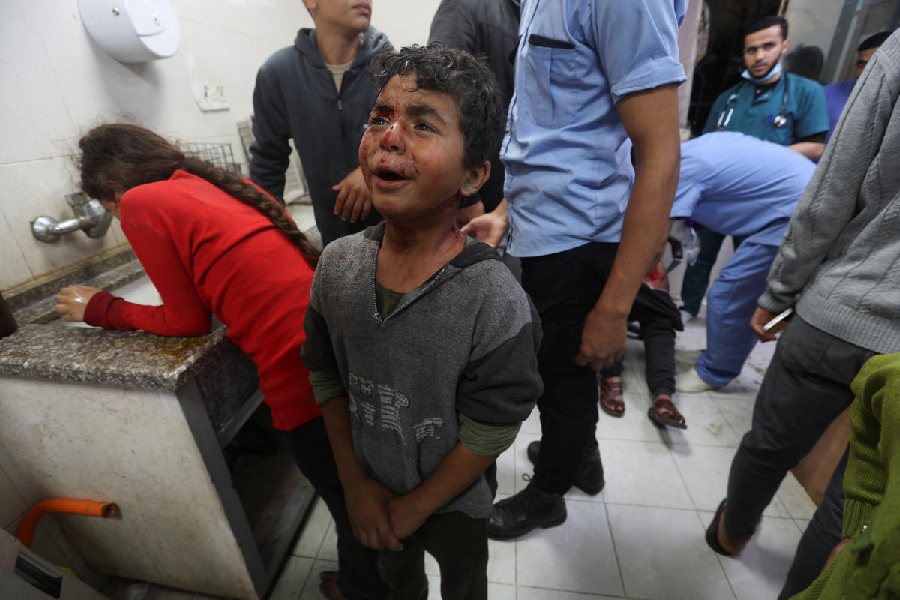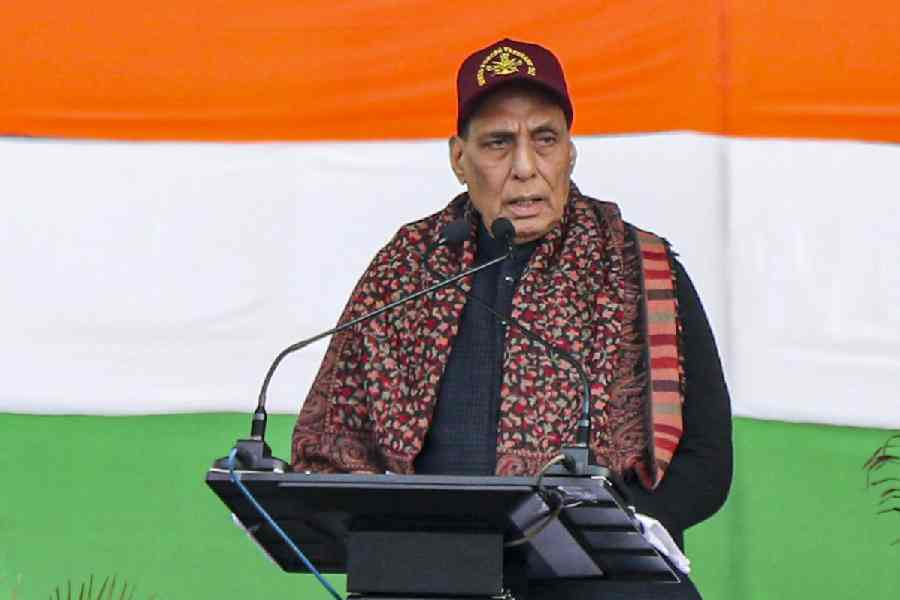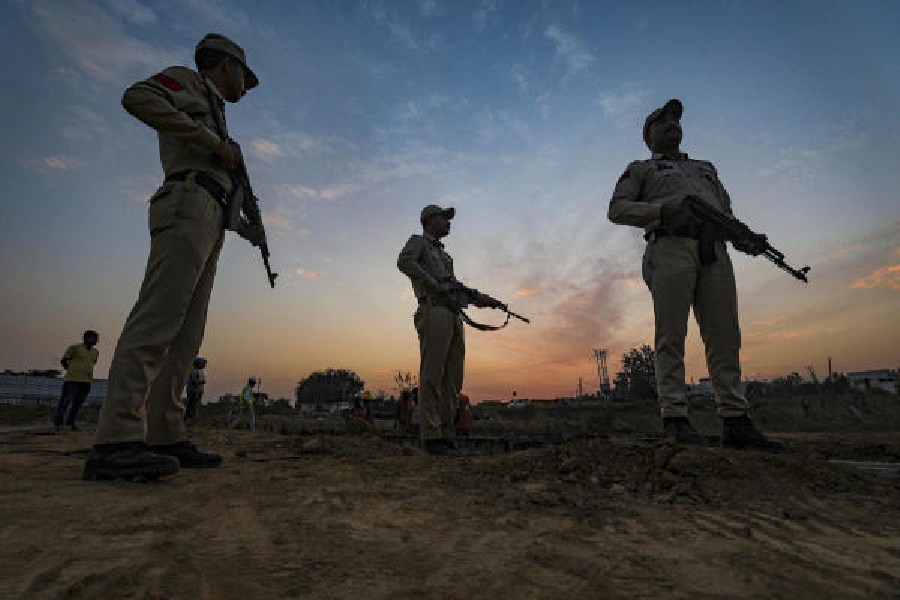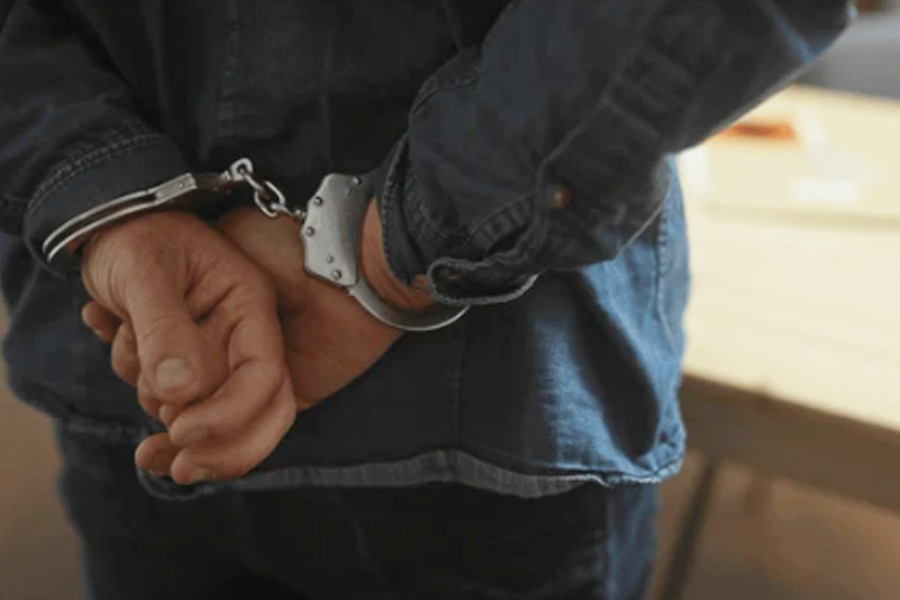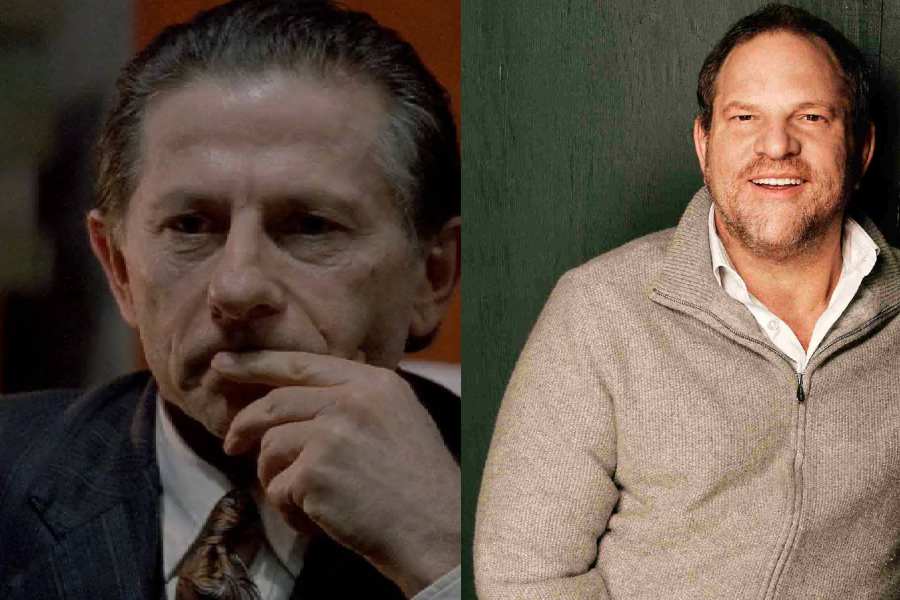A top UN children’s fund official who visited Gaza this week said on Thursday that the conditions there were “some of the most horrific” he had ever seen, describing badly injured children enduring surgeries in war zone conditions.
“Unicef has described the Gaza Strip as the most dangerous place in the world to be a child,” Ted Chaiban, the agency’s deputy executive director, said in a statement. “We have said this is a war on children. But these truths do not seem to be getting through.”
Chaiban said his three-day trip to the Gaza Strip included a visit to Nasser Hospital in the southern city of Khan Younis, where the Israeli military says it is trying to crush a Hamas stronghold. The hospital has been deluged by people wounded in airstrikes, and scores of people who were sheltering there have fled in recent days as fighting rages around the complex.
He described meeting a child at the hospital whose spleen had been removed after shrapnel sliced through her abdomen. The spleen plays an important role in the body’s immune system, so the child has to recover in isolation, Chaiban said, because she is in “a war zone full of disease and infection”.
A 13-year-old at the hospital, Chaiban said, had developed gangrene from a hand injury and had to undergo an operation to amputate his arm — without anaesthesia.
The United Nations has described dire conditions in the enclave, with water scarce, sanitation poor and many children malnourished and sick. Only 15 out of Gaza’s 36 hospitals are even partly functional, according to the World Health Organisation.
Children make up roughly half of Gaza’s population, and thousands of them have been killed since the start of the war, according to the Gaza health ministry.
Children are “everywhere” in the strip, said Dr Zaher Sahloul, the president of an aid group, MedGlobal, who was also at Nasser Hospital this week. “Any missile, no matter how focused or targeted it is, is going to hit children. It’s impossible not to.”
Dr Sahloul, a critical care specialist from Chicago who has extensive experience treating war victims in Syria, said in an interview that what he saw at Nasser Hospital was “beyond description”.
Dr Sahloul said that he had seen a missile strike that hit an aid distribution site in Khan Younis on Tuesday. Among the casualties were more than a dozen children, some of whom suffered shrapnel head injuries so severe that their brains were largely outside of their skulls, Dr Sahloul said, holding out little hope that they could have survived.
New York Times News Service

